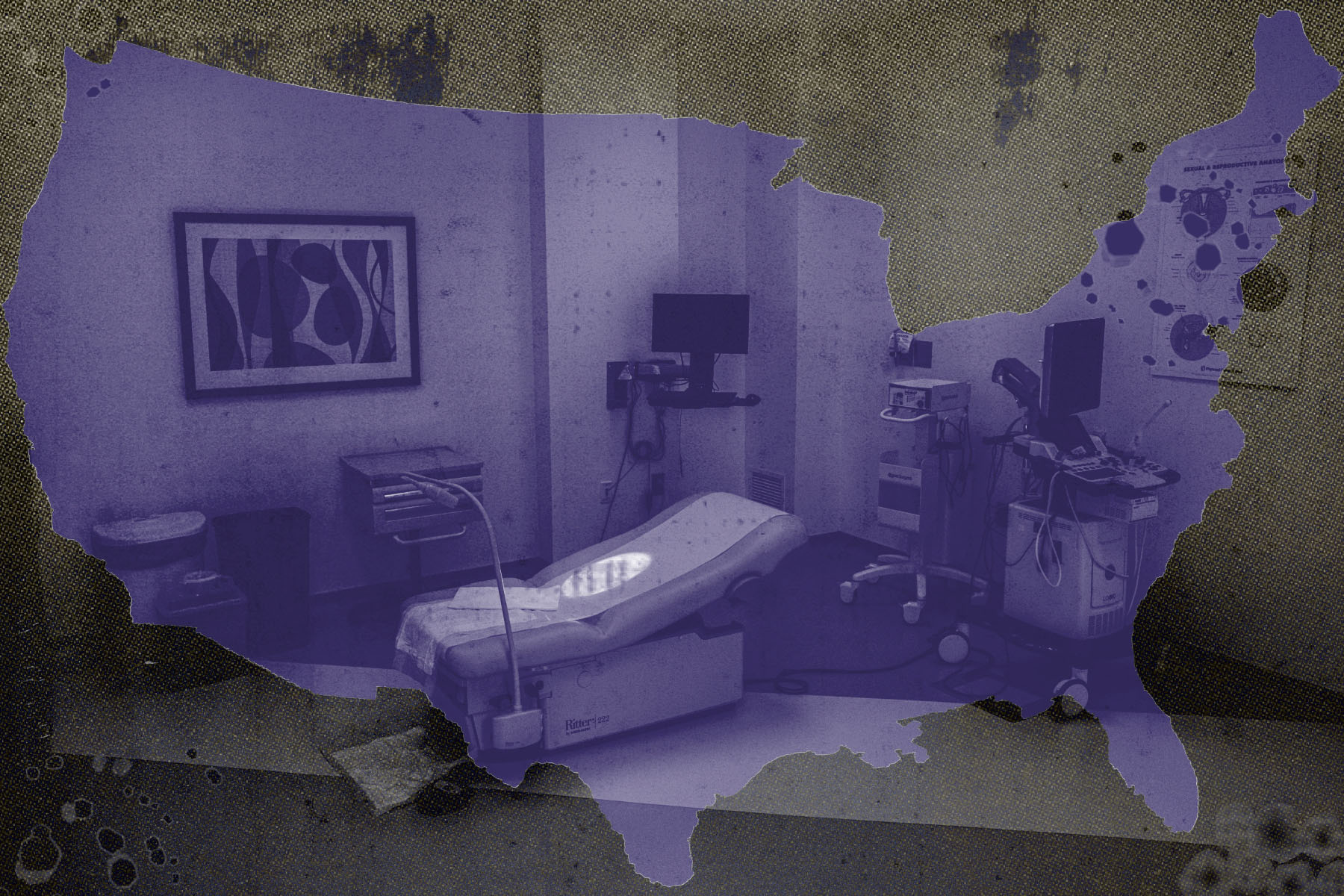The landscape of legal abortion has shifted sharply in the first year since Roe v. Wade was overturned, with some states banning the procedure almost entirely and others passing new, stricter limits.
Now, 13 states have near-total abortion bans in place; additionally, in Wisconsin, the procedure is also unavailable due to uncertainty about whether a law passed in 1849 still applies.
But in many states without near-total bans, abortion is far less available than the laws may suggest. In South Carolina the procedure is currently legal up to 22 weeks of pregnancy while the state Supreme Court debates the constitutionality of a newly passed six-week ban. But no clinic in the state provides abortion past 14 weeks.
The 19th examined how accessible abortion really is across the country, looking at how far into pregnancy clinics provide care and how the available methods of abortion can vary by state. The data used was provided by INeedAnA.com, an advocacy group that works to provide the most up-to-date information about abortion options in and around the United States.
In states that appear to allow abortion for most of pregnancy, access can still be quite limited. In Delaware, for instance, clinic-based abortion is only available up to 15 weeks of pregnancy, despite state laws allowing abortion up to 25 weeks. Alaska has no legal limit on abortion, but there is no clinic that provides the procedure after 17 weeks of pregnancy.
In some cases, pregnant patients will be able to access abortion in hospitals, even if clinics nearby do not offer them. But in other cases, the limits on clinical availability will mean they must travel out of state to find an abortion, even though the procedure remains technically legal where they live.
Even in states with no legal limits on abortion, clinics are unlikely to provide abortions much past 30 weeks of pregnancy. In Maryland, the state with the latest clinic-based availability, people can get an abortion up to 36 weeks; Colorado’s latest availability is 32 weeks.
Abortions past 22 weeks of pregnancy are quite rare; typically, people seek care at that point because of unexpected complications in the pregnancy that could affect either their health or that of the fetus. Abortions later in pregnancy can require more medical expertise, taking more time and resources that are difficult to allocate, especially for abortion providers seeing a dramatic increase in out-of-state patients. They can also turn clinics into targets of harassment.
People who do seek an abortion later in pregnancy have far fewer options for care.
The drop-off in clinic-based availability begins around 12 weeks, or the second trimester. That is because medication abortions aren't approved for patients past that point — meaning any clinic seeing patients must also have staff equipped to provide surgical abortions. (The surgery used for an abortion remains quick and fairly simple up until around 17 weeks of pregnancy.)
By the time patients enter their third trimester, which begins around 28 weeks, the options are even fewer. Only two states, Colorado and Maryland, plus Washington, D.C., have clinics that offer abortions at this point. Abortion after 28 weeks is also far more expensive — the procedure can be thousands of dollars, even before the cost of travel.




